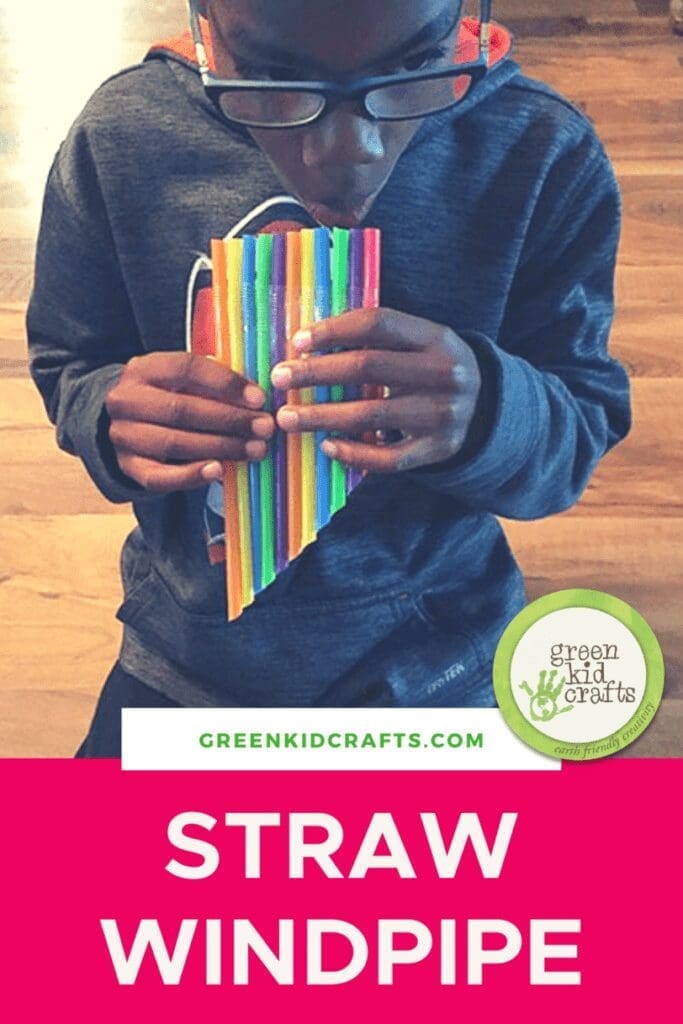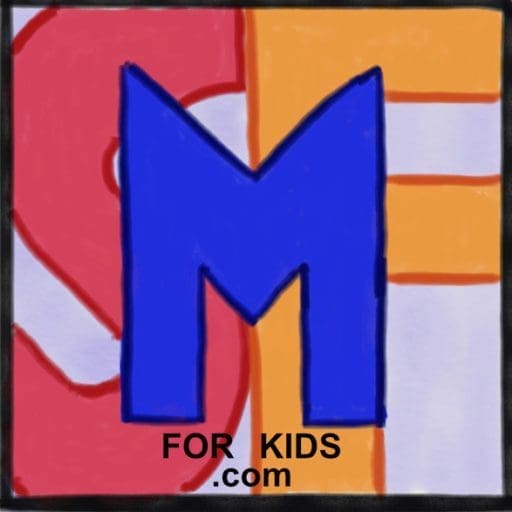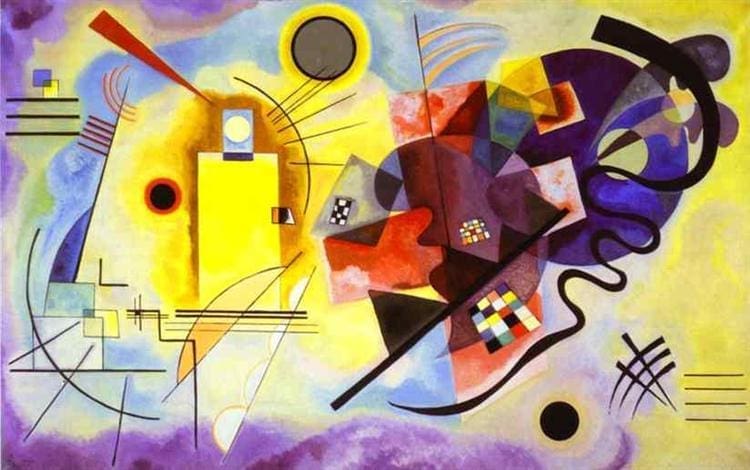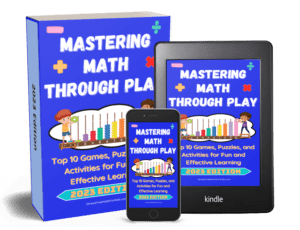Math in music and art is a fun and engaging topic for math enrichment, whether through a math club, a math camp, or just to incorporate into your regular instruction. One of my favorite teaching moments with a group of elementary students was having the discussion “Can you have art without math?” The kids talked about shapes, about lines, and had just about decided you can’t when one said, “What if you just drew a dot?” Another child’s quick response: “That’s a point! It’s math!” It made me laugh but the child was right, art is mathematical (and so is music.) They are all about patterns. Here are some of my favorite resources and activities for exploring the math of music and art with children.
Introduce (and make) many different musical instruments.
Students as young as preschool age can learn different ways to play rhythm sticks, copy patterns the teacher makes, and make patterns for each other to copy. They can play the lap drum, tambourine, maracas, shaker eggs, xylophone, cymbals, and triangle. One more unusual instrument that is fun to try is the boomwhacker. Boomwhackers are tubes of different lengths that play different notes when hit on the ground.

Students can make straw windpipes using the same idea as the boomwhacker. All you need to do is tape plastic drinking straws together, then cut them on a diagonal so you have straws of different lengths. Explore how the pitch changes as you blow through them.

Next you can make musical water glasses. Measure fluid ounces of water into glasses, then color the water in each. Use a small xylophone mallet to play the glasses and hear how the notes change with the amount of water in each glass.
Have children work with partners to figure out how to play a song that other students can recognize.
Teach simple fractions through eighth notes, quarter notes, half notes, and whole notes. I used “Magic Feet Follow That Beat” to teach these to 4 year old children, who loved acting them out!
Use different materials to make patterns
I love to start by using fruity cereal to make cereal patterns, color patterns for younger children and number patterns for the older children. I even had a child make a Fibonacci pattern with her cereal! Stringing your cereal pattern onto yarn also helps develop fine motor skills.
We then make lots of other patterns- with rubber stamps, with seasonal stickers, with counters of all kinds.
Play the game Quirkle which uses shape and color patterns. Solve the Izzi Puzzle.
Older students can do math art with multiplication patterns, making spirolaterals and multiple circles on graph paper.
Don’t forget to explore the idea of symmetry (see many ideas for teaching this here)
Explore how shapes are used
Cut shapes from magazines, demonstrating that everything is made up of shapes. You can chart the shapes the students find along with their attributes. Make shapes from many different materials, such as wiki sticks and play dough (make your own play dough for measurement practice and to explore color mixing), and on geoboards with rubber bands. Mini marshmallows and toothpicks are very fun for 3D shape building. Build with 3D shape foam or wooden blocks. Use colorform shapes, pattern blocks and pentominoes to make designs. Read the book The Greedy Triangle. Fold and cut paper to make shapes. Older students can also do drawing activities using mathematical tools such as compasses, protractors and rulers.
Make circle art. Younger students can trace circular objects while older students use compasses. Make many different sizes of circles. Students can decorate and design them to make a circle mural. If you want to get into more of the math of circles see my post Pi Day in Elementary School. Circle loom weaving using yarn and paper plates or cardboard circles is another fun math project.
If you have taught about Fibonacci numbers, you can now show how they are used for the golden rectangle and triangle. The video Donald in Mathmagic Land described in this post shows this.

Integrate Patterns and Shapes
Explore fractals and tessellations (many ideas in this post)
Use origami to teach many math concepts. Here are just a few helpful articles
Scholastic Origami Math
Origami and Math from The Inspired Classroom
Origami In Lessons from Artful Maths
Flexagons are another fun geometrical paper craft/toy. Learn how to make them here.



